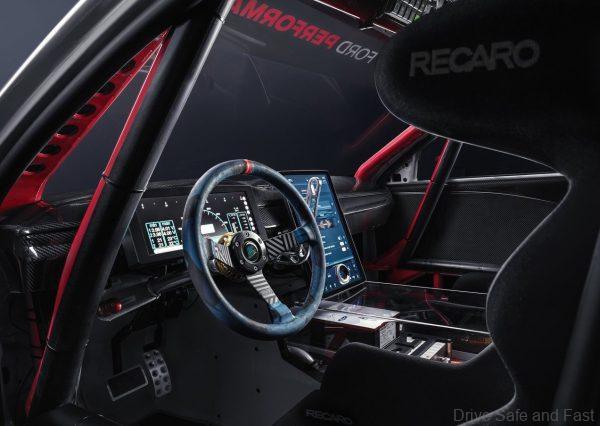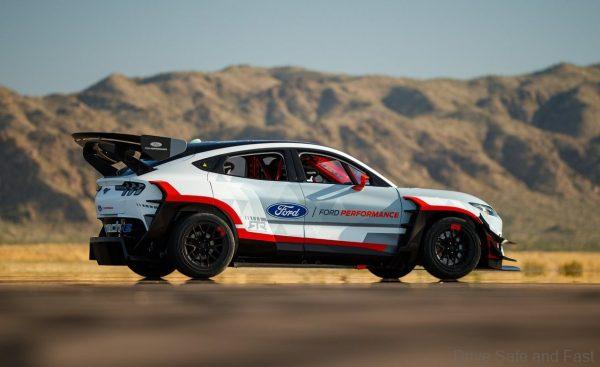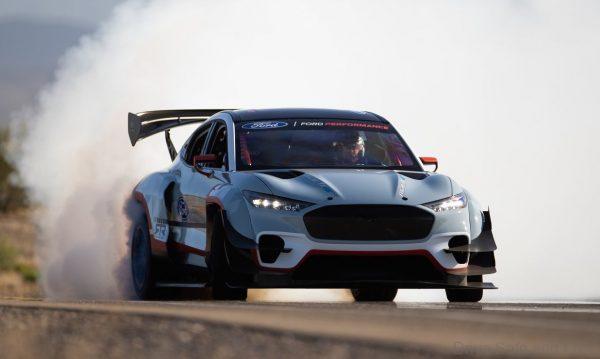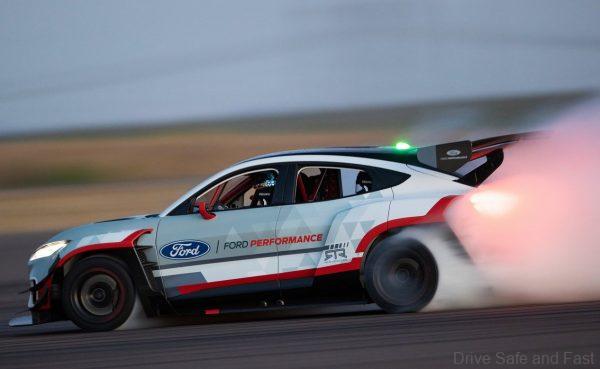Ford Mustang Mach-E 1400 has THAT much Horsepower
Not to be outdone by other performance electric car makers, Ford has collaborated with RTR to maximise the potential of their Mustang Mach-E. It now produced 1400hp and has all the hardware it needs to put that power to the road.
Just try not to think about that article that said tyre pollution is more harmful than tailpipe emissions.

See it in action here:
Or check the press release below for details.
PRESS RELEASE
Ford introduces Mustang Mach-E 1400, an all-electric road rocket that shows just how much performance can be harnessed without using a drop of gas. Coming hot on the heels of the 1,400-horsepower all-electric Mustang Cobra Jet 1400, this one-off Mustang Mach-E with its seven electric motors and high downforce is ready for the track, drag strip or gymkhana course – anywhere it can show how electric propulsion promises extreme Mustang performance. Watch here to see the all-electric prototype in action.
Developed in collaboration with RTR and built off a Mustang Mach-E GT body-in-white, the prototype targets 1,400 peak horsepower. The chassis and powertrain work together for a multitude of setups offering capability unlike any other vehicle.
The Mustang Mach-E 1400 is the result of 10,000 hours of collaboration by Ford Performance and RTR aimed at bridging the gap between what an electric vehicle can do and what customers tend to believe it can do.
Mustang Mach-E 1400 has taken shape without rules. The Ford design team and RTR used many of the same tools Ford uses for its race cars and production programs. Aerodynamics are optimized for shape and location, with a focus on cooling ducts, front splitter, dive planes and rear wing.
Mustang Mach-E 1400 has seven motors – five more than even Mustang Mach-E GT. Three are attached to the front differential and four are attached to the rear in pancake style, with a single driveshaft connecting them to the differentials, which have a huge range of adjustability to set the car up for everything from drifting to high-speed track racing.
The chassis and powertrain are set up to allow the team to investigate different layouts and their effects on energy consumption and performance, including rear-wheel drive, all-wheel drive and front-wheel drive. Drift and track setups have completely different front end configurations like control arms and steering changes to allow for extreme steering angles in drifting. Power delivery can be split evenly between front and rear, or completely to one or the other. Downforce is targeted at more than 2,300 lb. at 160 mph.
The 56.8-kilowatt-hour battery (installed) is made up of nickel manganese cobalt pouch cells for ultra-high performance and high discharge rate. The battery system is designed to be cooled during charging using a di-electric coolant, decreasing the time needed between runs.
An electronic brake booster is integrated to allow series regenerative braking combined with ABS and stability control to optimize the braking system. Mustang Mach-E 1400 features Brembo™ brakes, like the Mustang GT4 race car, and a hydraulic handbrake system designed for drifting that integrates with the powertrain controls to enable the ability to shut off power to the rear motors.
Mustang Mach-E 1400, which is set to debut at a NASCAR race soon, serves as a test bed for new materials. The hood is made of organic composite fibers, a lightweight alternative to the carbon fiber that comprises the rest of the vehicle.
Ford is investing more than $11.5 billion in electric vehicles worldwide, with the first global vehicle, Mustang Mach-E, available to order here now. The all-electric Mustang Mach-E starts hitting the streets in the U.S. at the end of this year.


















